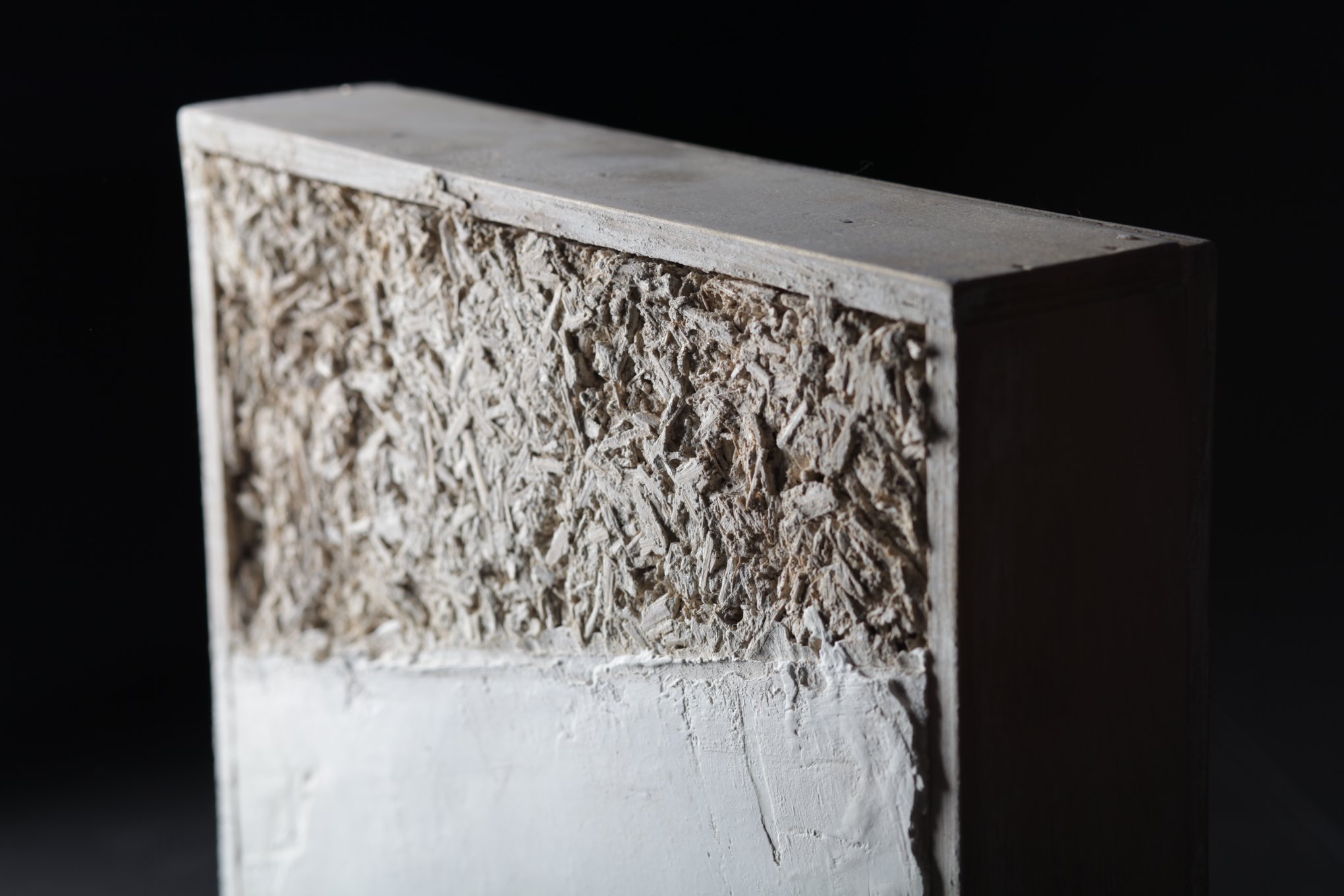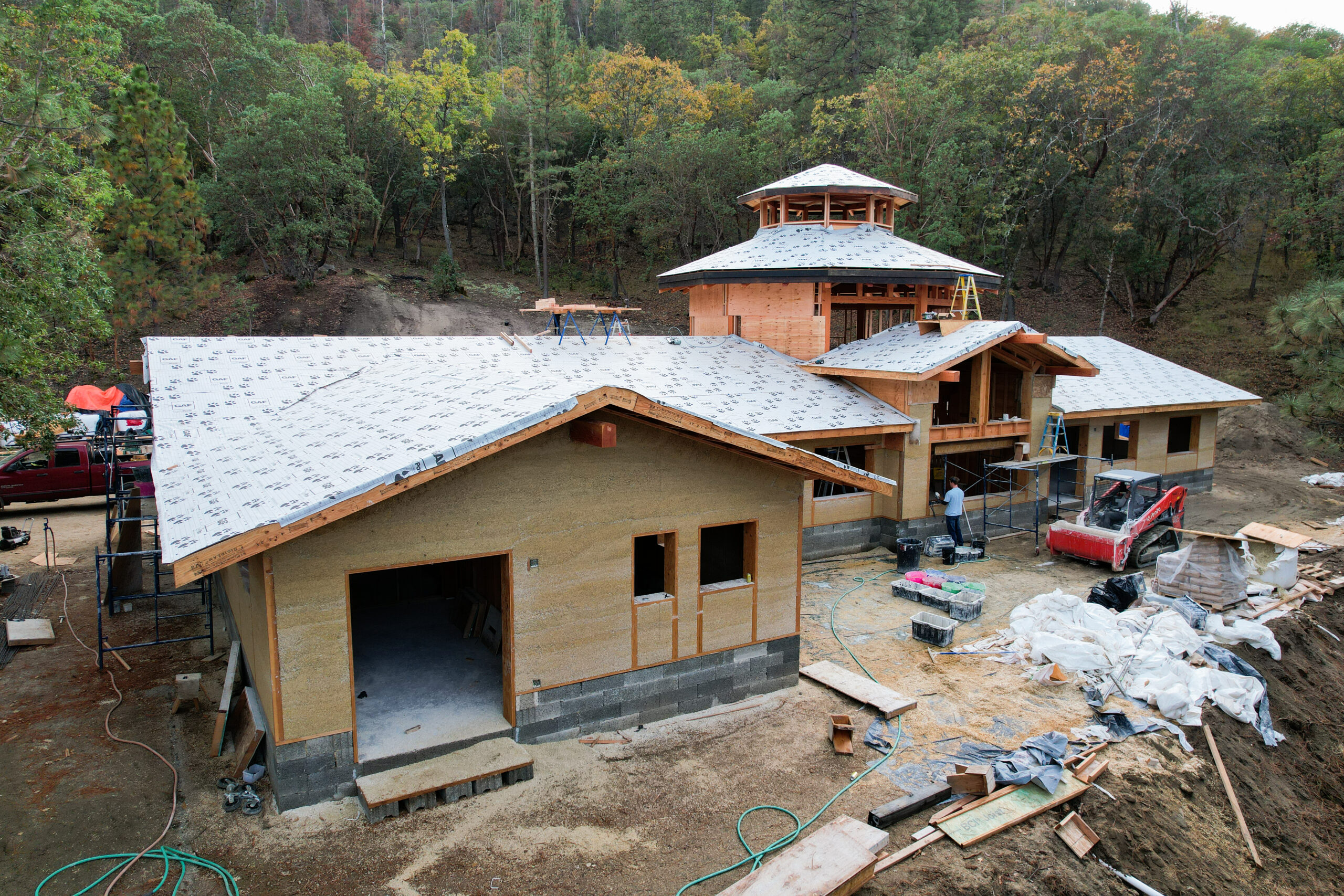by Bruce Sullivan, Earth Advantage, Inc.
How can your choice of a clothes washer affect the quality of air inside your house? Of all the decisions made during a residential construction project, this one seems trivial. However, in modern houses, individual elements are related in ways that you may not think about at first. Getting the complete picture requires that you think about the “house as a system”.
Systems thinking is essential to design and build a home that is energy efficient, comfortable, durable, and healthy for people and the planet.
Moisture behavior is a good way to illustrate a system. As our homes have been built tighter over the past 20 years in response to the desire to lower our energy consumption, moisture has become more concentrated in new homes. While many people blame air sealing, the real answer requires a look at where moisture comes from and how it moves.
Moisture often originates inside the home. Cooking, bathing, washing dishes, growing houseplants and even breathing is on a long list of activities that add water vapor to indoor air. One step to controlling moisture is to control the sources of water vapor.
This is where the clothes washer comes in. A standard top-loading washing machine is a ten-gallon tub of water that sloshes around adding water vapor to the air. Front-loading washers use less water and have a tightly sealed door. Less moisture improves air quality by limiting the growth of molds and other allergens. In this way, your choice of an appliance could affect your health.
That is a simplistic example of how one decision can affect something else. Here’s a more involved example. Soil under the house is another important moisture source. Homes built on crawlspaces are especially vulnerable to this source of moisture.
One way to reduce the amount of moisture coming in from the crawlspace is to seal any holes in the floor. This blocks air from being pulled into the building. Good builders routinely seal these holes to save energy, but it also keeps moisture-laden air from entering.
Holes in the floor offer a pathway for water vapor to enter, but what makes it move? It hitches a ride on air currents flowing through the holes. The force of hot air rising through the house and escaping from holes in the ceiling pulls air in through holes in the floor much like a chimney. Sealing the holes in the ceiling will reduce the amount of air that enters through the floor by reducing this “stack effect”. How’s that for a system! In practice, you need to seal holes in the ceiling and the floor, the point here is to illustrate one force that drives moisture movement.
So, this moisture system includes a source (crawlspace), pathways (holes in the floor) and a force (stack effect).
Some people still think that leaving a house “leaky” will prevent moisture problems. “Leaky” doesn’t reduce the source, block the pathways, or stifle the driving force. In fact, making a house tighter does all three to protect the house, while leaving it leaky makes moisture problems worse.
You can see how several elements work together to affect the moisture dynamics of a house. Comprehensive moisture control also includes laying a plastic sheet over exposed soil in the crawlspace, protecting the building from rain and surface water runoff, providing automatic indoor ventilation, and selecting durable materials.
Systems thinking involves every aspect of building construction, so you need to consider all these interactions during the design phase. True “house-as-a-system” design includes building orientation, mechanical system design, window selection, insulation systems and much more.
A good place to learn more about this is the Energy and Environmental Building Association (EEBA) Builder’s Field Guide Series available at www.eeba.org. The two guides that are most applicable to our regions here in the northwest are the Mixed-Humid and Cold Climate Guides. Another source of information is the Building America Best Practices Series available at www.buildingamerica.gov. A new Marine Guide in this series will be published by mid-2006.


